After an amazing Christmas, done Spanish style, we stay on the Iberian peninsula to bring in the New Year. This night of niceties is called Nochevieja in Spanish, meaning literally ‘Old Night.’ Spanish traditions for this annual event can be a spectacle to behold. And with the spectacle, comes some of the tastiest dishes you can imagine.
Grapes – not just for wine it seems
While almost every country known to us participates in the infamous countdown signalling the departure of one year, and beginning of another, the Spanish approach has a curious culinary ritual which is performed by almost every household in the country. 12 grapes – symbollising each month of the year – are eaten in quick succession in tandem with the ringing of the bell, when the final count is made, and the last seconds of our annual journey around the sun fade away forever.
Considering the Spanish passion for wines in every region, it is altogether not surpring that grapes are the fruit of choice for this fun exertion. I do not use the term lightly either, although it sounds simple, actually managing to eat one grape every second can be quite tricky, leaving most with a messy mouthful to start the New Year.
The dinner which precedes the grape-gorging is a fine affair, consisting of a wide range of typical delicacies and local specialties. Once more, the Massera crab forms part of the centre-piece at the table, You can find the recipe for preparing the Massera crab from our Spanish Christmas Eve post.
The northeren coastal region of Spain flirts all year round, with seafood as the mainstay of the average folk. On this night however, the menu is not only fish-filled but sees the addition of a supreme main course, fashioned from a grazing, cud-chewing land animal. Lechazo – a baby, baby sheep is roasted until succulent, and served up in its entirety. This appetising dish is particularly popular in the northern territories of Cantabria (where we are, in Santander) and Castilla y León – some consider it the arian equivalent of veal – for others, there is just no rival to this tender meat fare.
Lechazo. So cute. So delicious.
Below you discover how to prepare the Spanish Lechazo to perfection: We seek to roast the lamb naturally by making small cuts on the inside of the larger pieces, and adding 600 ml of water to the base of the baking tray, seasoning with a tablespoon of salt and a sprig of thyme. The cooking is thus made simple in the following four stages :
- First baking stage: Temperature: 130º – cook for 45 minutes on one side (it is not necessary to water the lamb with the water from the base at this stage).
- Second baking stage: Temperature: 160º The lamb is turned over and cooked for 30 minutes on this side – this time you must bast the lamb with the seasoned juices from the base of the tray, After that, turn again and slow roast another 30 minutes on the other side.
- Third baking stage: Temperature: 200º One more turn over, bast again using the increasingly succulent juices, and leave for 20 minutes on that side. After 20 minutes have passed, water again with its juices, turn over, and leave for 20 minutes on the other side.
- Fourth baking stage: Place the outer part of the lamb upwards and leave it for just10 minutes at 250º (or maximum temperature) to achieve crispiness and crackle. You have to be very attentive during this phase, because the lamb should be toasted, but can also easily get burnt, if we are not careful. As soon as it is ready we must remove it from the oven to avoid it drying out.
- Serve and enjoy!
Here’s guessing that you won’t be able to prepare this before this year is out, but certainly don’t miss out on one of the most delectable dishes you will ever taste. It might just be the perfect way to start the New Year but any time of the year, this will bring satisfaction to even the fussiest of tongues!
If this Spanish new year meal left you licking your lips, then don’t miss out on our recipe for our Christmas Spanish feast.
If you like what you’ve seen or heard here, please share your thoughts and comment below. Also feel free to share this with other parents and become a part of the Sharing Parent community.
From all of us here at Sharing Parent, we wish you a Happy and Prosperous New Year with all the very best for 2021.


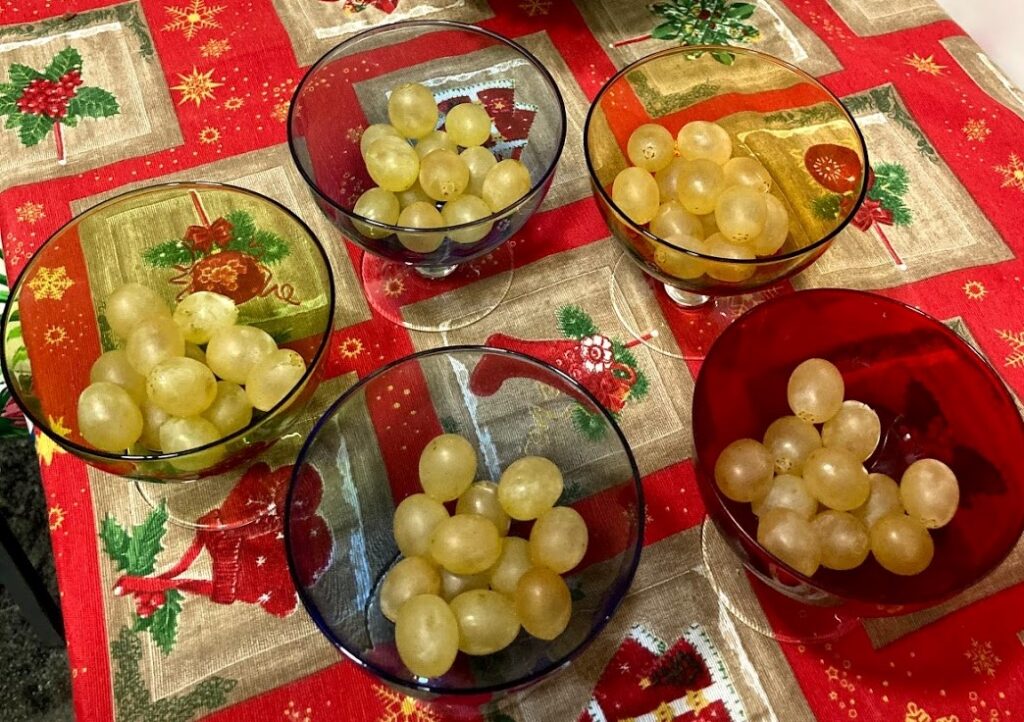
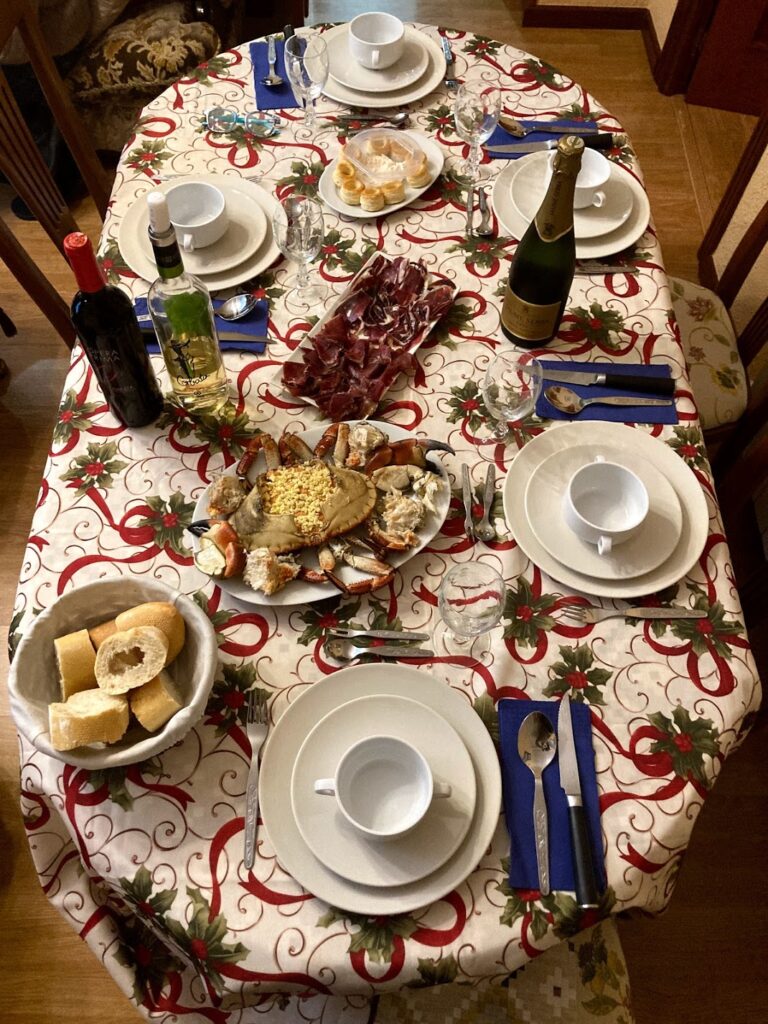
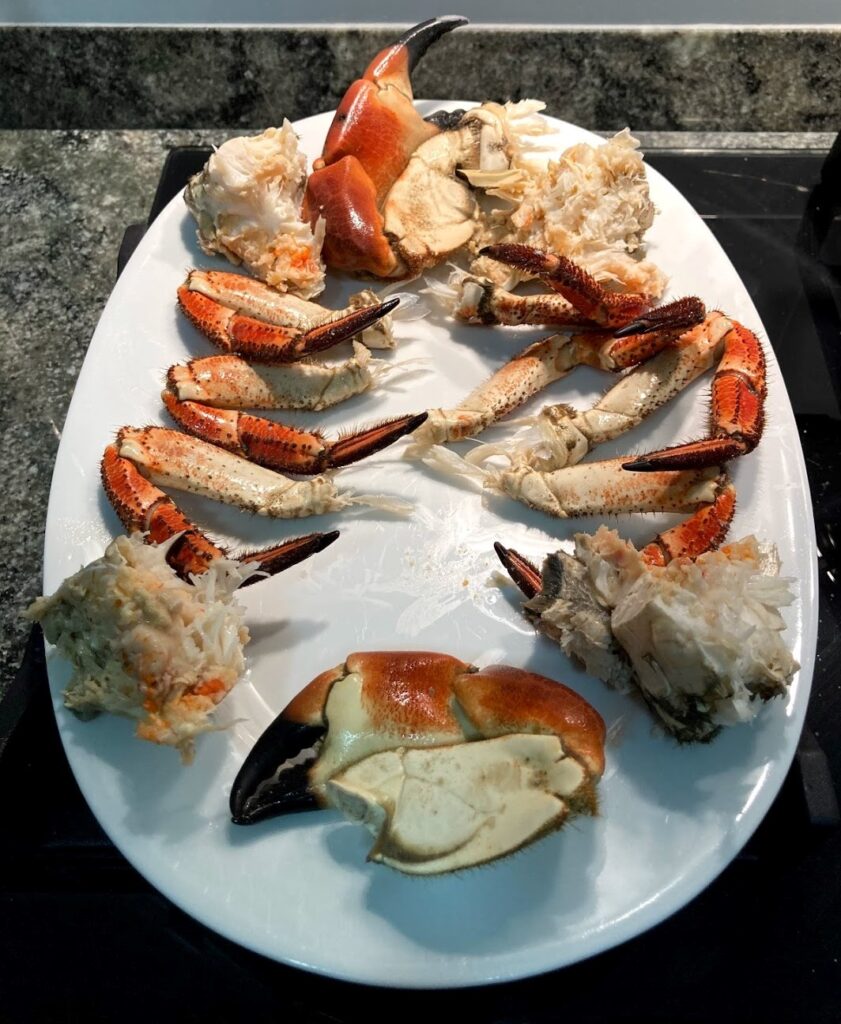
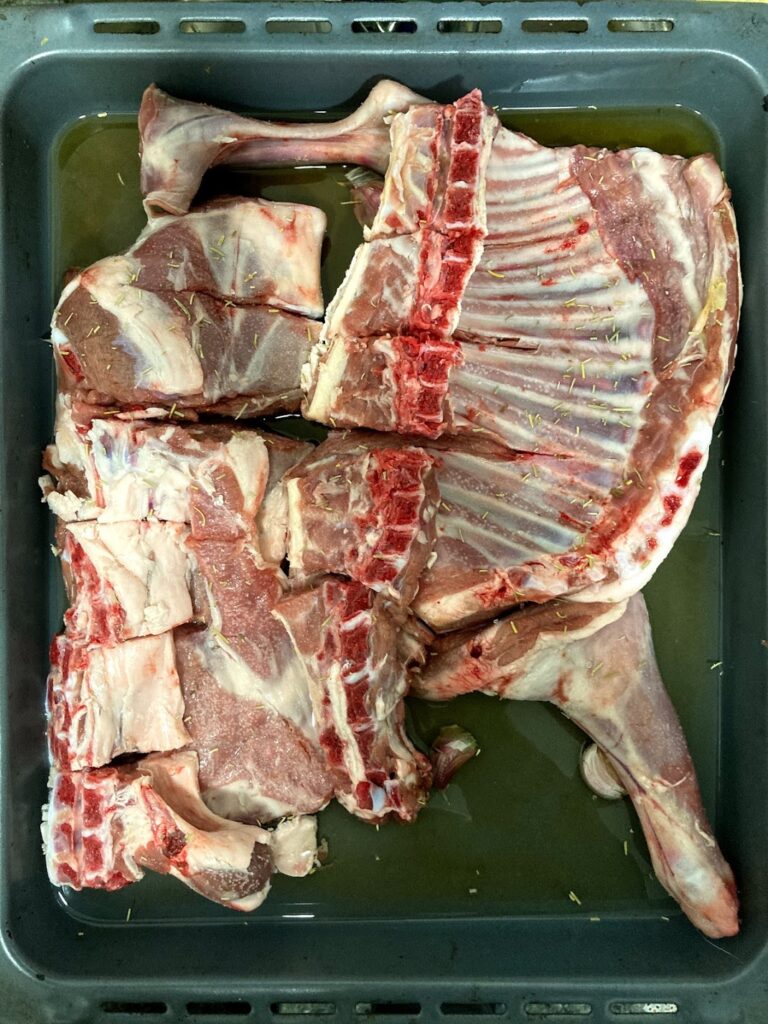

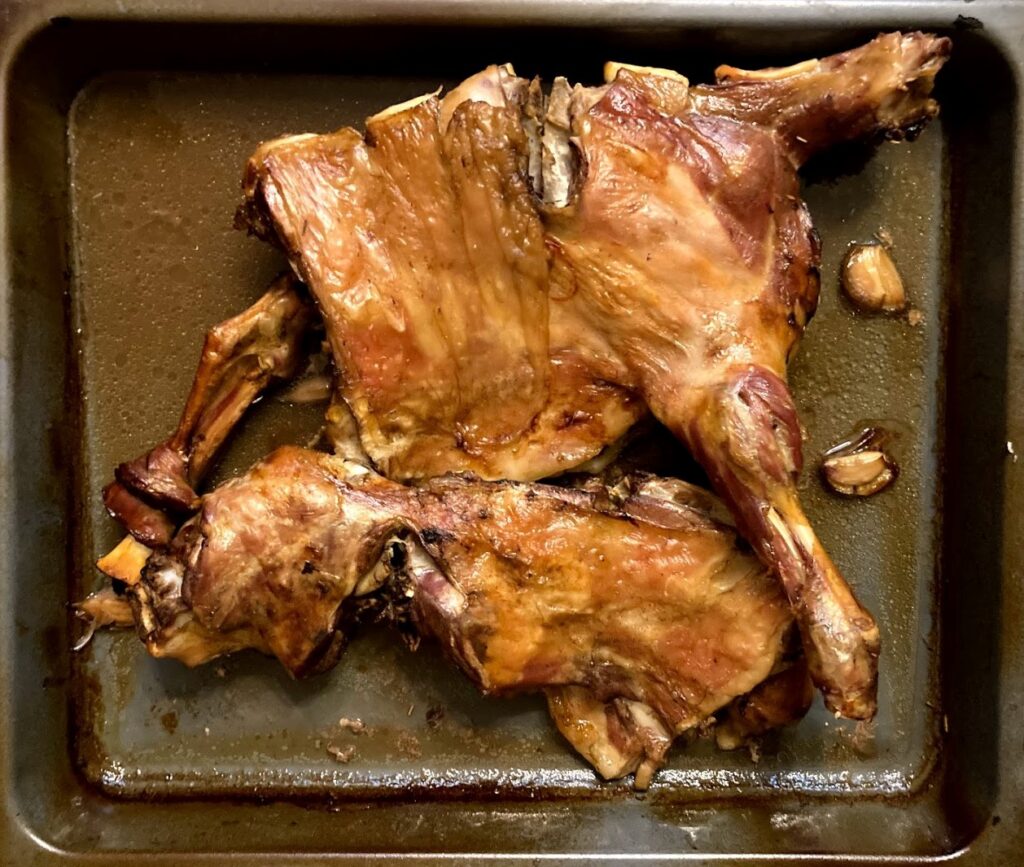
Comments are closed.